This week was spent learning about the shell method, which I still don't understand totally and we have a quiz tomorrow so I'm trying to figure it out again. Instead of writing out the formula and everything we use for this method, I'm taking a picture of the notes because that's much easier than trying to type in everything. So now I'll explain that picture! You see that we use 2pi now instead of just pi, that's because we are taking the anti-derivative of two equations, so we add the pi's together. Now, the p(x) (or y) is basically just the opposite of what axis you are going around, the x or y, and obviously f(x) or f(y) is just the function we were given. In my opinion, the shell method is quite easy, probably easier than the washer method to me! I would try to explain what to do when we have to revolve a function around something other than an axis and have it shift, but I don't really understand it that well and I am not qualified to teach such a thing in a blog. Hopefully I can either figure this out or ask a question about it before the quiz tomorrow.
This week all we did was learn the things that made up section 7.3 which was Solids of revolution. We learned both the disk method and the washer method. The disk method uses the volume equation of a cylinder in a transformed way. Our equation ends up being b V=π ⋅ ∫[ f (x)]^2 dx A We can bring the pi symbol out front because it's just a constant. Then you just plug in the values for a, b, and f(x). The washer method is almost the exact same except the equation is B V=π ⋅ ∫[ R(x)]^2-[ r (x)]^2 dx A With R(x) being the whole radius of the shape and r(x) being the little part we subtract from R(x). I thought it was cool to start working with 3D shapes rather than just a 2D graph. At first both of these concepts were difficult for me, but as we worked in groups I started to better understand what we were doing. The picture I have added to this blog is one of my group pictures. We all worked together to understand what we were doing when we really didn't know what we were doing in the first place.
This week we started in on chapter 7. Our last chapter of the year! And guess what it starts with...more integrals! 7.1 is application of integrals. This is just basically what we've been doing, but the story problem version of it. Integrals have always been easy for me, and this is really no different. All we are doing is plugging in numbers we are given for velocity and acceleration and figuring out what they ask me. We also revisited the s'(t)=v(t) and v'(t)=a(t) rules. This helps is solve the problems we are given. We also starting learning areas under the curve and how to set up and solve integrals when we have x=y(t). For the picture, my integral would look like this: 4 ∫ (1/4)x^2 - x dx Because (1/4)x^2 is always above x on this interval. 0 I was so confused at first learning when x=y(t), but I just have to remind myself that the bounds for solving a certain function when integrating with y are the y values of the points of intersection!
This week we didn't do much. We reviewed for our chapter 6 test and went over our quizzes. I did well on the quiz except for some tiny mistakes that I really shouldn't have made. The test is going well so far. I hope I still feel that way after we take the next part. These snow days really make it hard to write a blog about anything..
We learned separation of variables and exponential functions. At first, both of these were a little difficult for me. I had trouble anti-deriving tougher equations but that's the only trouble I've really had. This just seems like another continuation of anti-derivatives just in a little different form. The exponential part of this section was weird at first. I didn't understand once you have a natural log in the exponent of an e what it simplifies to. But as we did more examples I understood it more. The notes for this sections were examples because that's really the only way to do this section.
We started chapter 6 this week. We worked on what Cresswell referred to as "u-substitution on steroids" and also slope fields. The "u-substitution on steroids" was just expanding on what we learned with u-substitution before but more tricky. I had trouble at first remembering how to do it correctly and then I had trouble figuring out what I should choose as my "u", but as my classmates helped me I started to get the hang of it myself. Slope fields sound weird, and trust me, they are. It's almost reminded me of a morse code or something but Slope Fields weren't hard to understand. You just have to take whatever dy/dx equation you were given and plug in the value given and then you'd get your slope at that point. In the picture I have attached, we used the equation dy/dx= x. I drew my own slope field and because this was an easy equation, I didn't have to write down a table of values. This chapter has been good to me so far so I hope that continues and it will as long as I keep asking for help when I need it.
Alright, this week nothing happened really so I'm going to explain the Trapezoidal Rule because that's the only thing we learned this week besides the review we did for our upcoming test. The trapezoidal rule is (bear with me I'm doing this on my phone): T= (h/2)(y0+ 2y1+ 2y2+...2yn-1+ 2yn Yes, this looks scary. But I can explain what it really is. The h at the beginning is found by taking the numbers for a and b (x-axis values), subtracting a from b (aka b-a), and then dividing that number by n (number of subintervals). The y0, y1, etc values are the y values that are at the x values where the subintervals were places. This rule is all about plugging in really. It's a piece of cake when you practice it a few times and know what each thing means.
Ha. This week was easy except for the AP style quiz. Besides that quiz, this chapter has been a piece of cake! We learned sections 5.3: definite integrals and anti-derivatives and the MVT and 5.4: the fundamental theorem of calculus. I'm not really sure what to say about 5.3 besides that it was easy. We learned the six rules about definite integrals and also the meant value theorem which isn't that mean. I saw the similarities of rules of definite integrals to any other rules we've ever learned. Rules are easy as long as you follow them! The mean value theorem wasn't difficult. It was hard to grasp in words, but actually doing the examples and going through the notes made it easy and helped me understand it. THE MEAN VALUE THEOREM IS NICE! (See picture for scary formula that isn't really scary when you understand it). In 5.4, we learned that 1. Every continuous function is a derivative of some other function 2. Every continuous function has an anti-derivative and 3. Integration and differentiation are inverses! That last one helped us make te connection from a previous chapter to this chapter and I thought it was pretty interesting to see how calculus is interwoven in each other. By that, I mean that somehow, everything we do is related. That AP quiz kicked my butt. All I can do is hope to improve and now I know I have to really prepare myself for the AP test. I'm using this experience as a learning tool.
We started a new chapter this week! On Monday, we were introduced to section 5.1: Estimating with Finite Sums. At first, this was tricky for me, I kept thinking I was doing the problems correctly but I ended up being wrong. I finally became fairly consistent and drilled the way to do it into my head. I just have to remember to find the functional value of a point and multiply it by the width of the rectangle we are using. Of course, with more practice, this wi become easier and I'm looking forward to that. Section 5.2 was us learning about how to use the calculator to do integration faster. It was easy! Section 5.3 was easy too! We learned the rules of definite integrals, the mean value theorem, and the derivatives of integrals. This week in class was easy, in my opinion it is one of the easiest weeks we've had in a while!
This week went by so slow. We didn't seem to do much in class really. Basically this week was a review for the test we started on Thursday but now have to finish when we get back. Our review assignment was fairly easy, but I still have trouble with Optimization. It's not that I don't understand the math to do it, I just have trouble with figuring out where to start. It's easy when I have someone to guide me and show me what to do, but on my own it's a little bit of a struggle. But I can eventually get it, so that means I'm getting better at it. I don't have a whole lot to say about this week, just review and a test mostly. But anyways, have a nice Winter Break! See you in 2014!
|

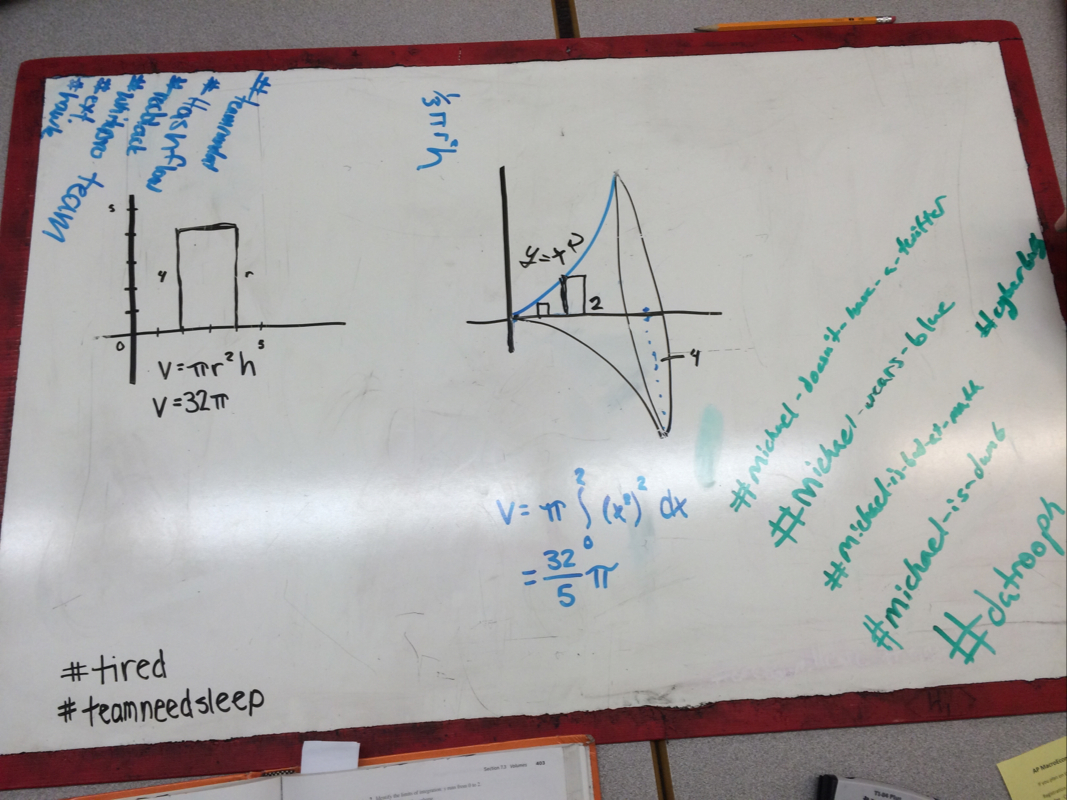
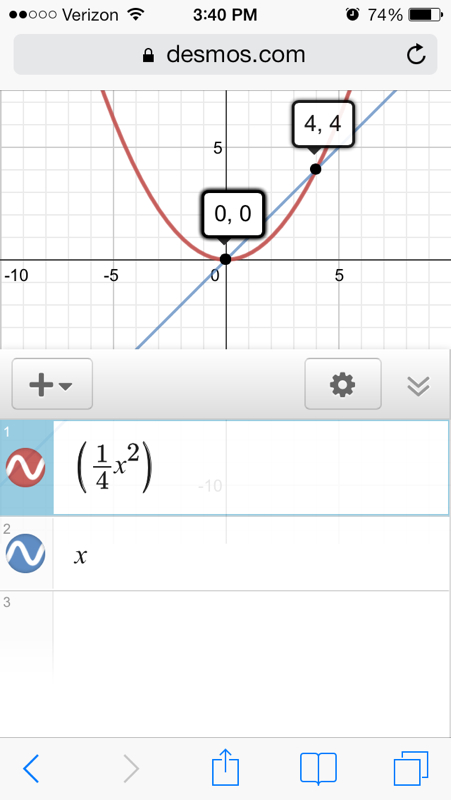
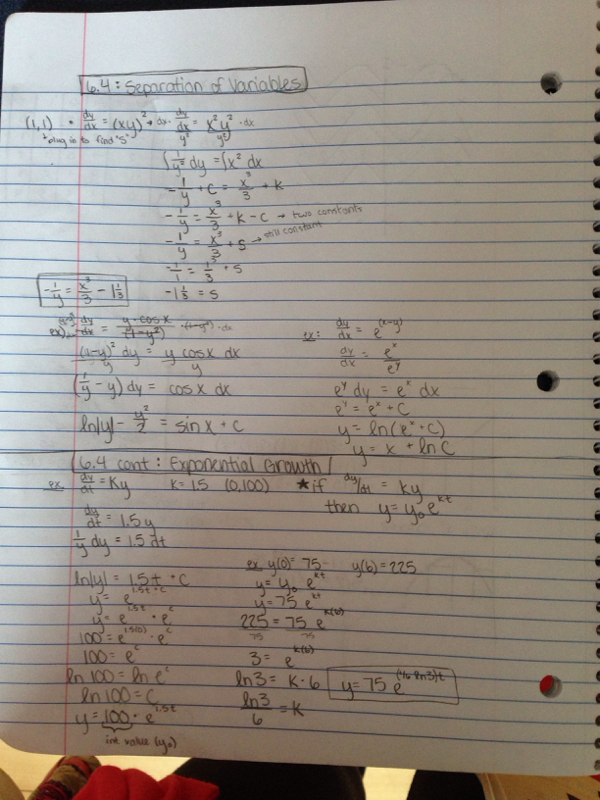

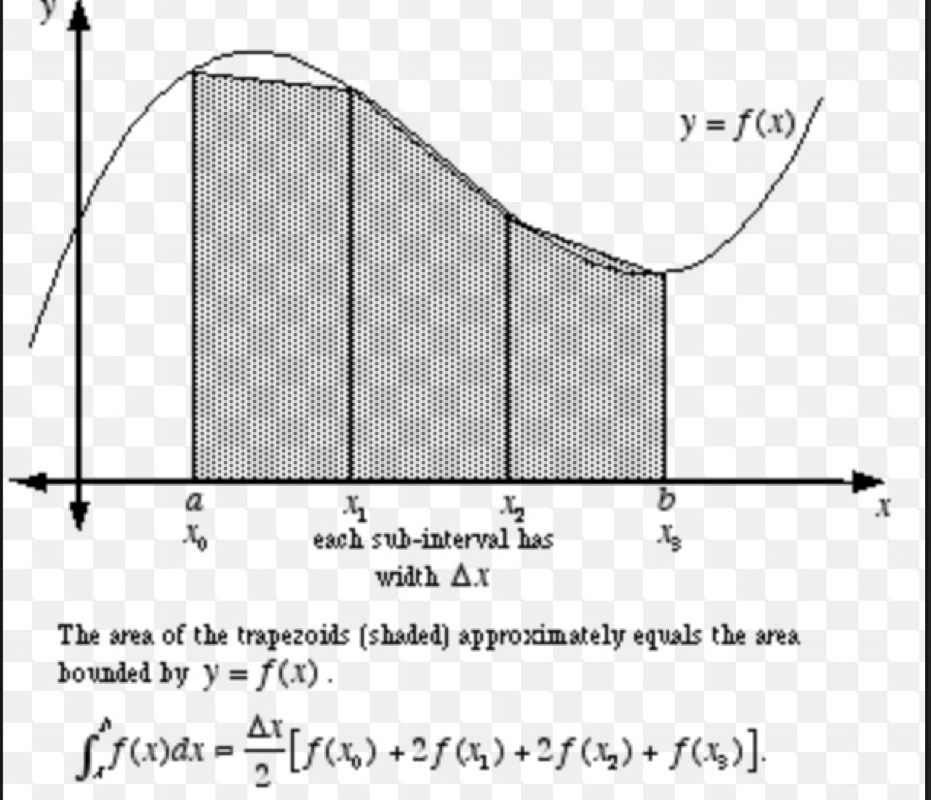
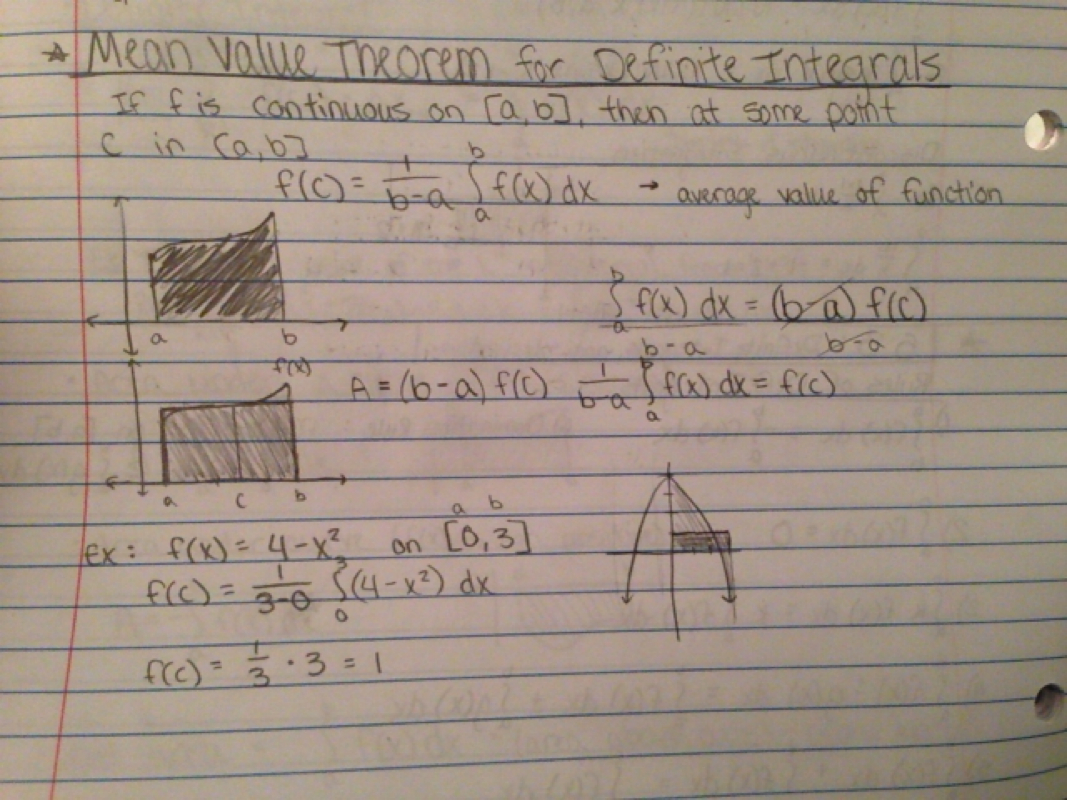
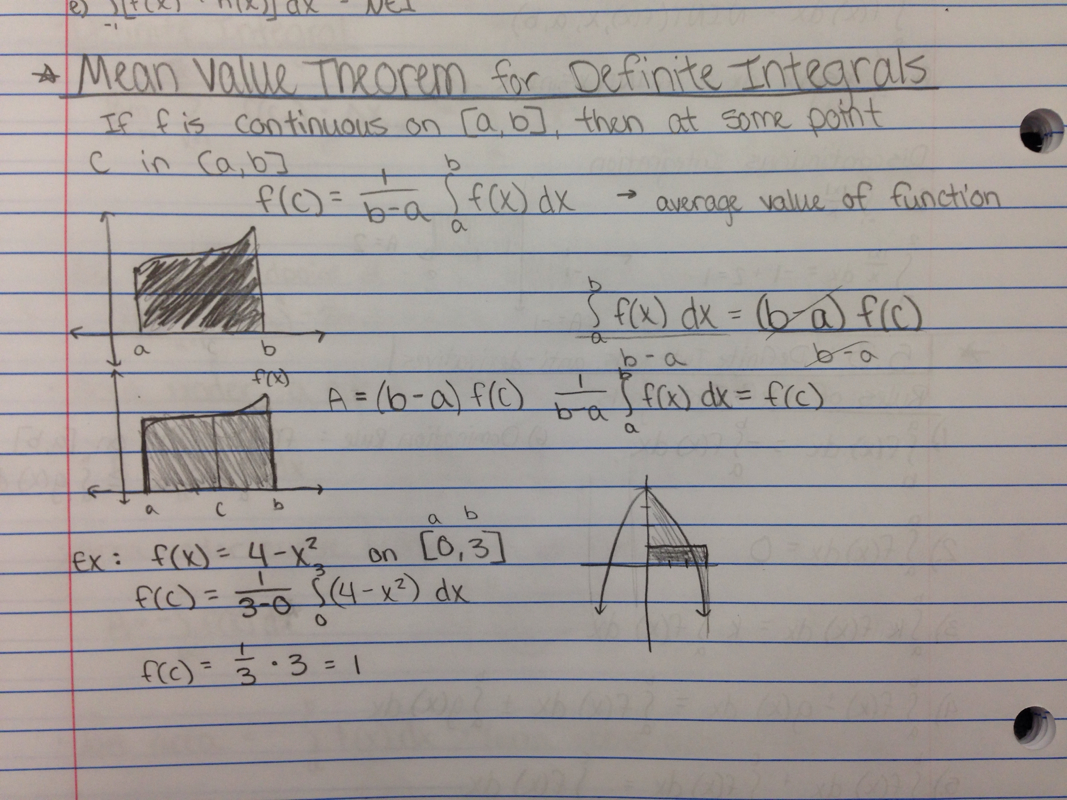

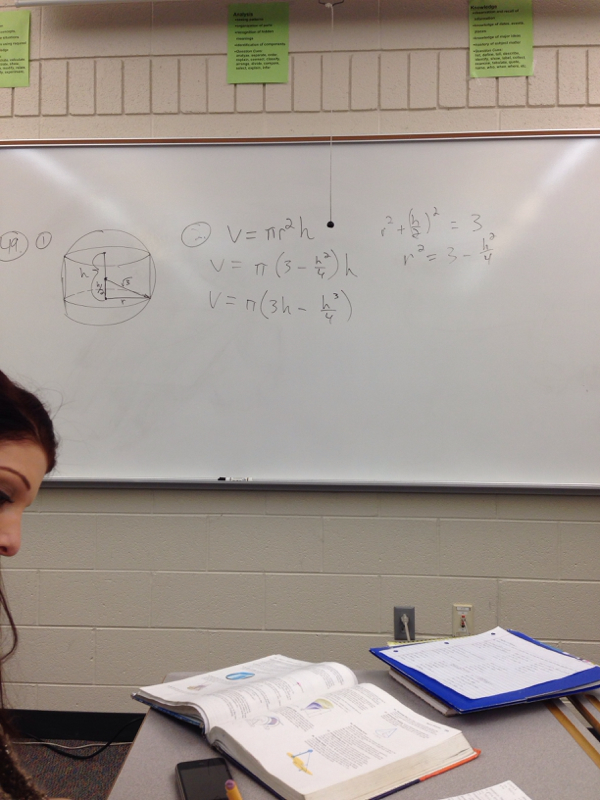
 RSS Feed
RSS Feed